
Shocking AI Reconstruction Reveals What Jesus Really Looked Like Based on the Shroud of Turin
Artificial Intelligence is transforming the way we explore history, culture, and even religious iconography. From creating the so-called “perfect” human face to revealing bizarre depictions of the “average” person from each U.S. state, AI has entered a new era of visual storytelling. But its latest endeavor - reconstructing the face of Jesus Christ using the Shroud of Turin - may be its most controversial and captivating yet.
The AI-generated image, developed using the powerful image tool Midjourney, aims to reveal what Jesus may have actually looked like, based on centuries-old religious relics and new digital interpretation. But as with many AI-powered projects, this one raises serious questions about historical accuracy, religious reverence, and technological boundaries.
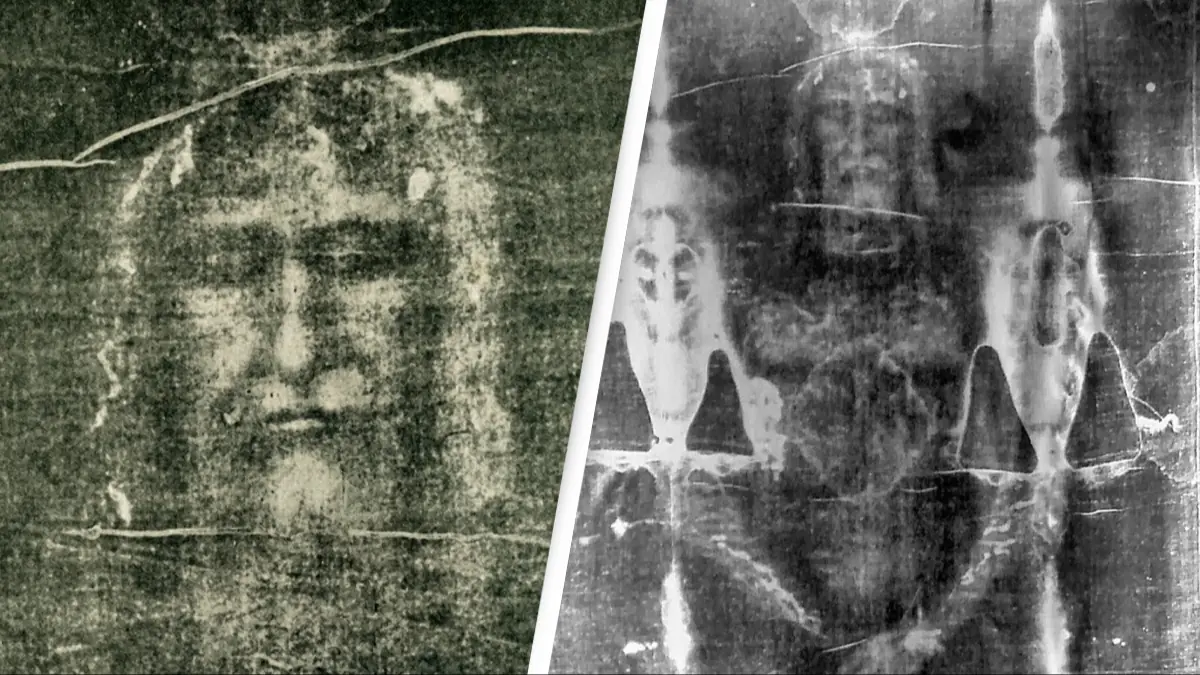
The Shroud of Turin: A Mysterious Relic at the Heart of the Debate
To understand the significance of the AI image, we first need to examine the artifact it was based on: the Shroud of Turin.
The Shroud is a long piece of linen cloth believed by many to have been the burial garment of Jesus Christ after his crucifixion on April 3, AD 33. This sacred relic has been preserved since 1578 in the royal chapel of the Cathedral of San Giovanni Battista in Turin, Italy, and has long been the subject of theological debate, scientific testing, and spiritual reverence.
On the surface of the cloth is a faint image - an apparent imprint of a man’s front and back, showing signs of wounds consistent with crucifixion, including markings on the hands, feet, and side. One portion of the cloth displays what many believe is the face of Jesus.
Over the years, this facial imprint has been digitally enhanced and analyzed by scholars and enthusiasts alike. But with the help of artificial intelligence, particularly Midjourney, the ancient mystery has taken on a startling new visual dimension.
What Did AI Actually Do?
Using the enhanced facial outline from the Shroud of Turin, the British newspaper Daily Express tasked Midjourney - an advanced AI image generator - with rendering what Jesus may have looked like in life.
The result? An image of a man with shoulder-length hair, a thick beard, and mournful, intense eyes. His face bears signs of physical suffering, with visible wounds and lacerations, likely meant to reflect the torture and crucifixion he endured.
To many viewers, this image may look familiar - eerily so. It closely resembles the traditional depictions of Christ that have been painted and sculpted for centuries across the world’s churches and cathedrals.
But herein lies the tension: Is this image truly “realistic,” or is it simply a reflection of centuries of Western religious art?
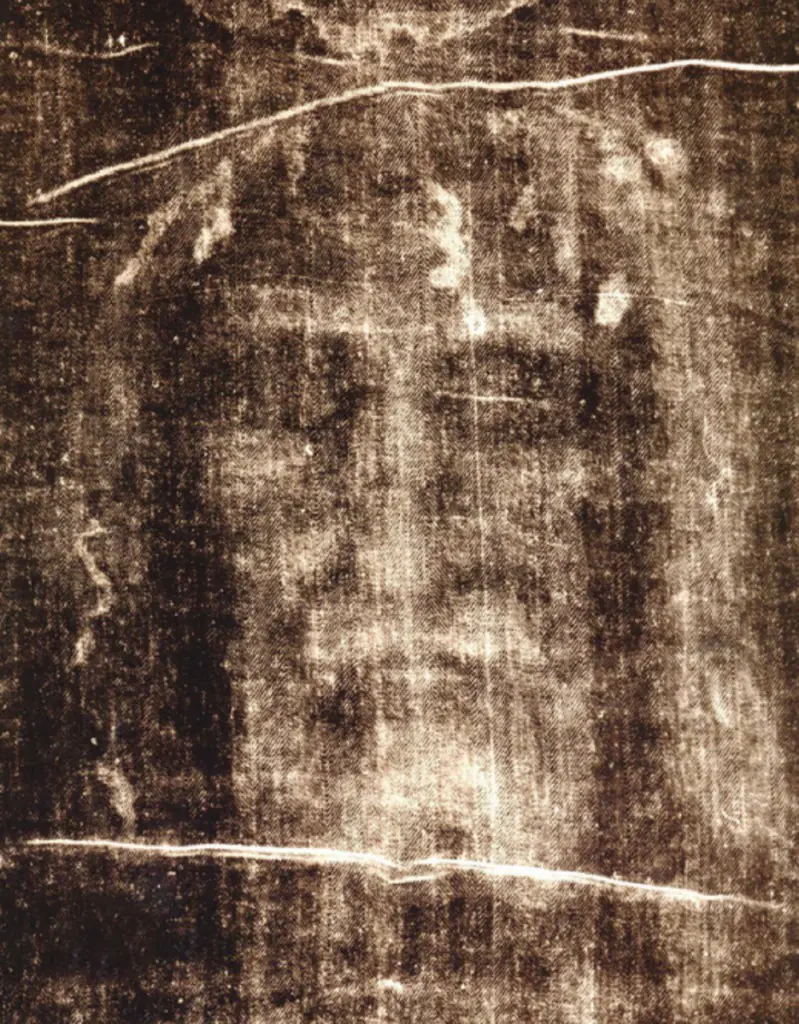
Historians and Experts Push Back
While the AI-generated image has stirred excitement among believers and tech enthusiasts alike, historians and biblical scholars have been quick to voice concerns about its historical and cultural accuracy.
One of the main critiques lies in the depiction of Jesus’ ethnicity.
“Jesus would have had brown skin, brown eyes, like the local population,” said Dr. Meredith Warren, Senior Lecturer in Biblical and Religious Studies at the University of Sheffield, in an interview with MailOnline. “He died before he was 40. He wasn't rich and would have spent a lot of time outdoors, so some lines on that face, probably. His hands and feet were probably calloused and rough.”
This perspective aligns with many modern biblical studies that aim to place Jesus firmly within the context of first-century Judea - a time and place where the population would have had Middle Eastern features, darker skin, and rugged lifestyles.
In contrast, the AI-generated image continues to reflect a Europeanized vision of Christ, a version heavily influenced by Renaissance art and Western religious iconography, often showing Jesus with pale skin, soft features, and even blue eyes.
The Role - and Limitations - of AI in Religious History
The controversy surrounding the image highlights a broader issue: Can AI accurately reconstruct figures from ancient history?
The answer is… complicated.
AI tools like Midjourney don’t create images from scratch. They work by analyzing massive datasets of existing visual content, then synthesizing and combining patterns based on the prompts they receive. In the case of Jesus, that dataset is likely dominated by thousands of artistic depictions already rooted in European Christian traditions.
So while AI might be able to generate visually compelling images, its output is inherently shaped by the biases of its training data.
“AI can reproduce patterns, but it doesn’t understand history,” said a digital ethics researcher from Oxford University. “It reflects the information it’s been fed - not the complex truth of ancient people’s lives.”
Faith, Technology, and the Human Desire to See the Divine
Despite these concerns, the AI-generated image has struck a chord with millions. For some believers, it offers an emotional, almost transcendent connection to the figure at the center of their faith.
“It’s beautiful,” one commenter wrote on social media. “I feel like I’m looking into the eyes of someone who really lived - and died - for us.”
Others have praised the project for reigniting interest in the Shroud of Turin, which has long been sidelined by mainstream science due to radiocarbon dating tests in the 1980s that suggested the cloth may be a medieval forgery. However, more recent studies have challenged that view, arguing that contamination, sample size, and testing flaws could have skewed the original results.
Still, the Vatican has never formally declared the Shroud authentic, choosing instead to leave its veneration up to individual belief. Pope Francis has referred to the Shroud as an “icon of a man scourged and crucified.”
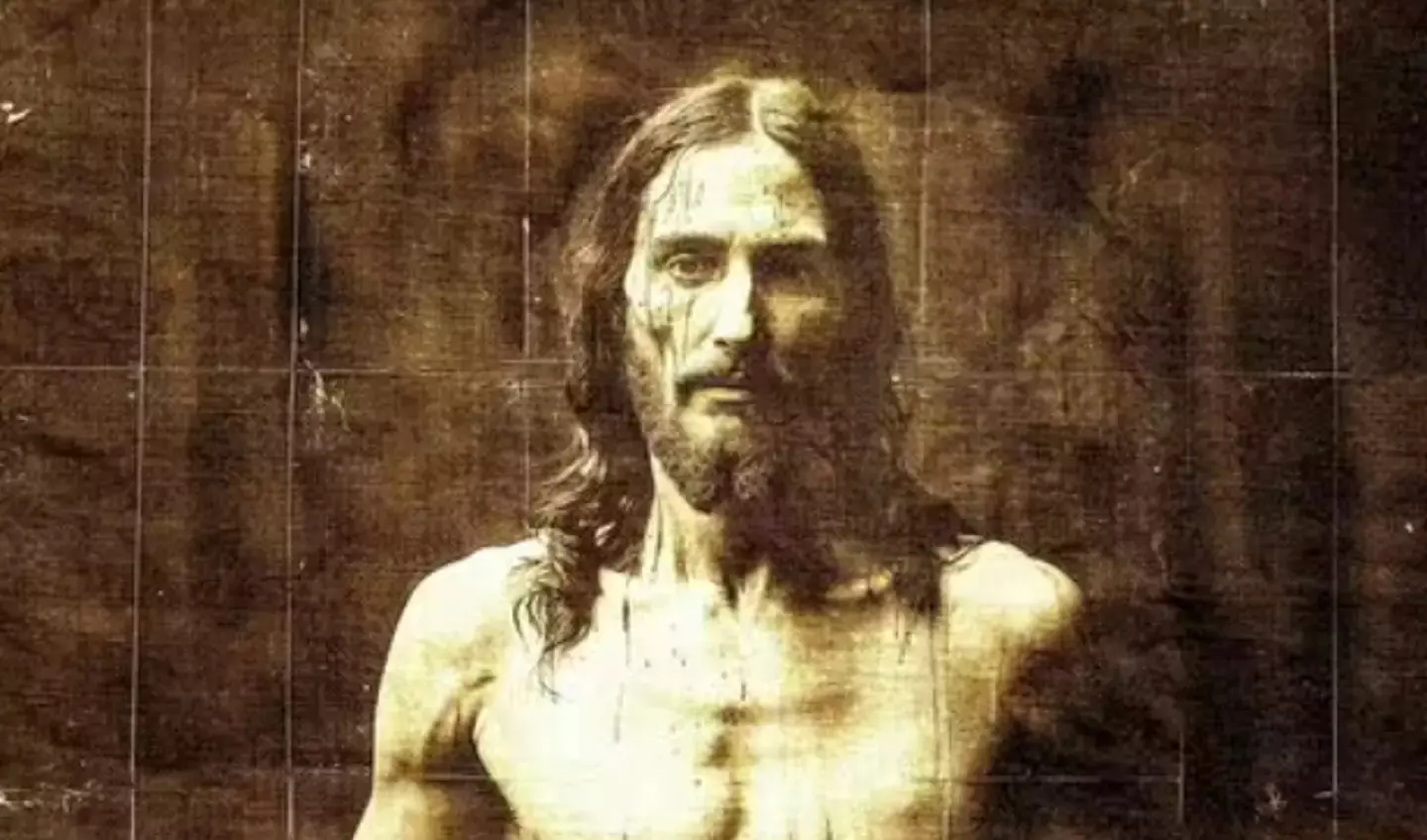
What Science Says About the Historical Jesus
Separate from AI and religious relics, scientists and historians have attempted to create reconstructions of what Jesus may have looked like using forensic anthropology, archaeological records, and biblical context.
In 2001, a British team led by Richard Neave, a retired medical artist from the University of Manchester, created a composite image of a first-century Jewish man based on skulls from the region. That version of Jesus had:
- Dark olive skin
- Shorter, curly hair
- A broad nose
- A muscular, stocky build
This depiction was a far cry from the ethereal portraits of Christ in stained-glass windows and Renaissance paintings - but, according to experts, far more accurate.
Still, such reconstructions - whether through forensics or AI - don’t claim to depict Jesus with certainty. Instead, they offer probable representations based on available evidence.
Why the Image Matters
The ongoing fascination with Jesus’ appearance reveals something deeper: a universal human desire to visualize the divine.
Seeing the face of Jesus - whether painted in churches, sculpted in marble, or now generated by AI - brings believers closer to their faith, allowing for a more personal connection.
But with that power comes great responsibility. Technology must be used carefully and respectfully, especially when dealing with sacred figures revered by billions across the globe.
“Whether Jesus had long hair or short, pale skin or dark, doesn’t change the message he brought,” said one pastor in an interview about the AI image. “But it does remind us that faith isn’t found in a face. It’s found in how we live.”
Final Thoughts: Innovation Meets Interpretation
AI’s rendering of Jesus Christ based on the Shroud of Turin is more than just a visual experiment - it’s a reminder of how technology, faith, and culture intersect in the modern age.
While the image may not be an exact replica of the historical Jesus, it opens a global conversation about how we see, understand, and imagine sacred figures. And as AI continues to evolve, such conversations will only grow more nuanced - and more necessary.
So, is this truly what Jesus looked like?
We may never know for certain. But perhaps that’s not the point. As long as humans seek to understand the past through the lens of the present, we’ll continue using every tool - AI included - to bring history, and faith, to life.
News in the same category


Earth Plunged Into Darkness For Six Minutes In Rare Event Not Seen In A Century

The Hidden Meaning Behind Leg-crossing — It’s More Than Just Comfort
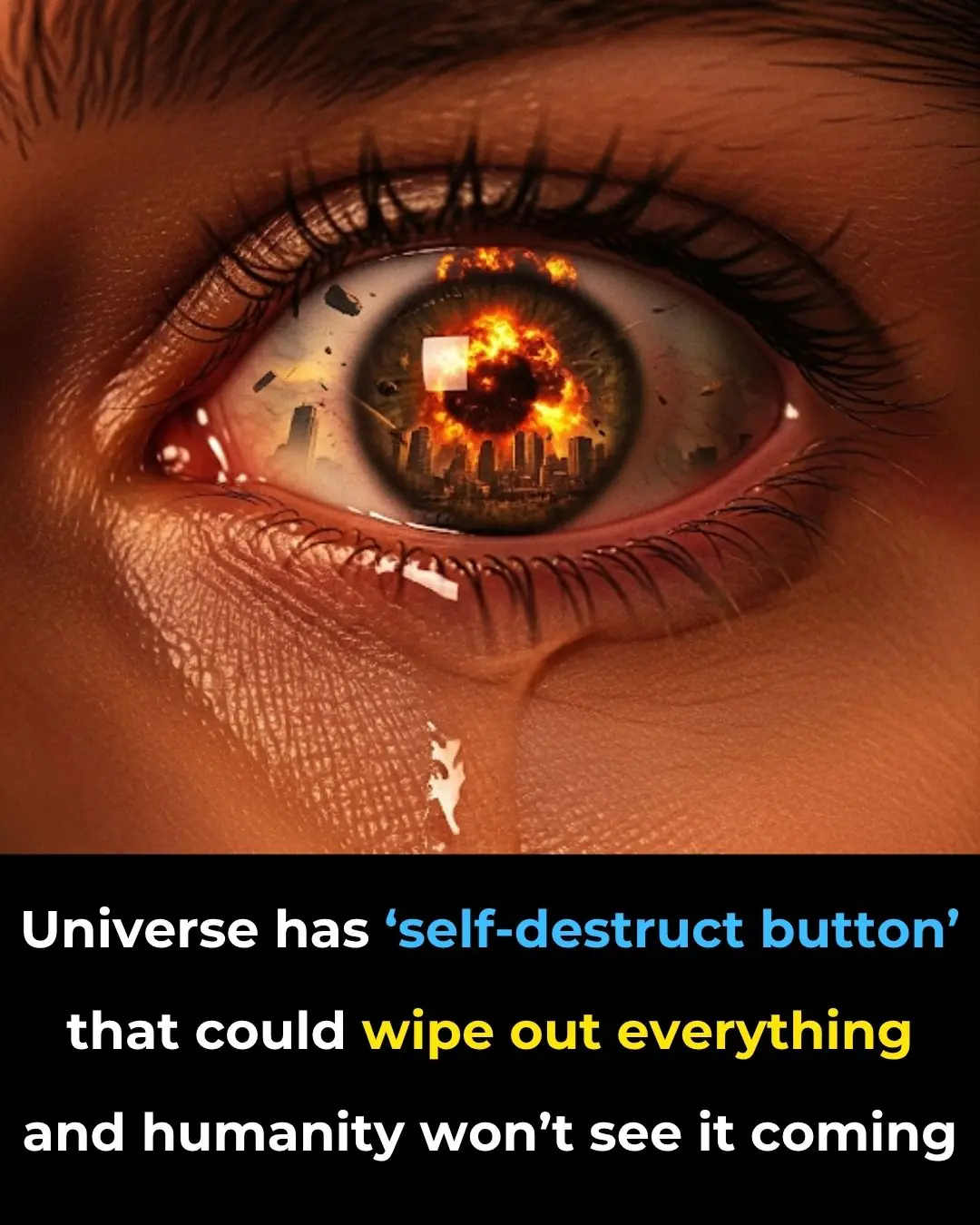
Scientists Warn: Universe’s ‘Self-Destruct Button’ Could Trigger Without Warning

WORLD'S FIRST DATE SOFT DRINK
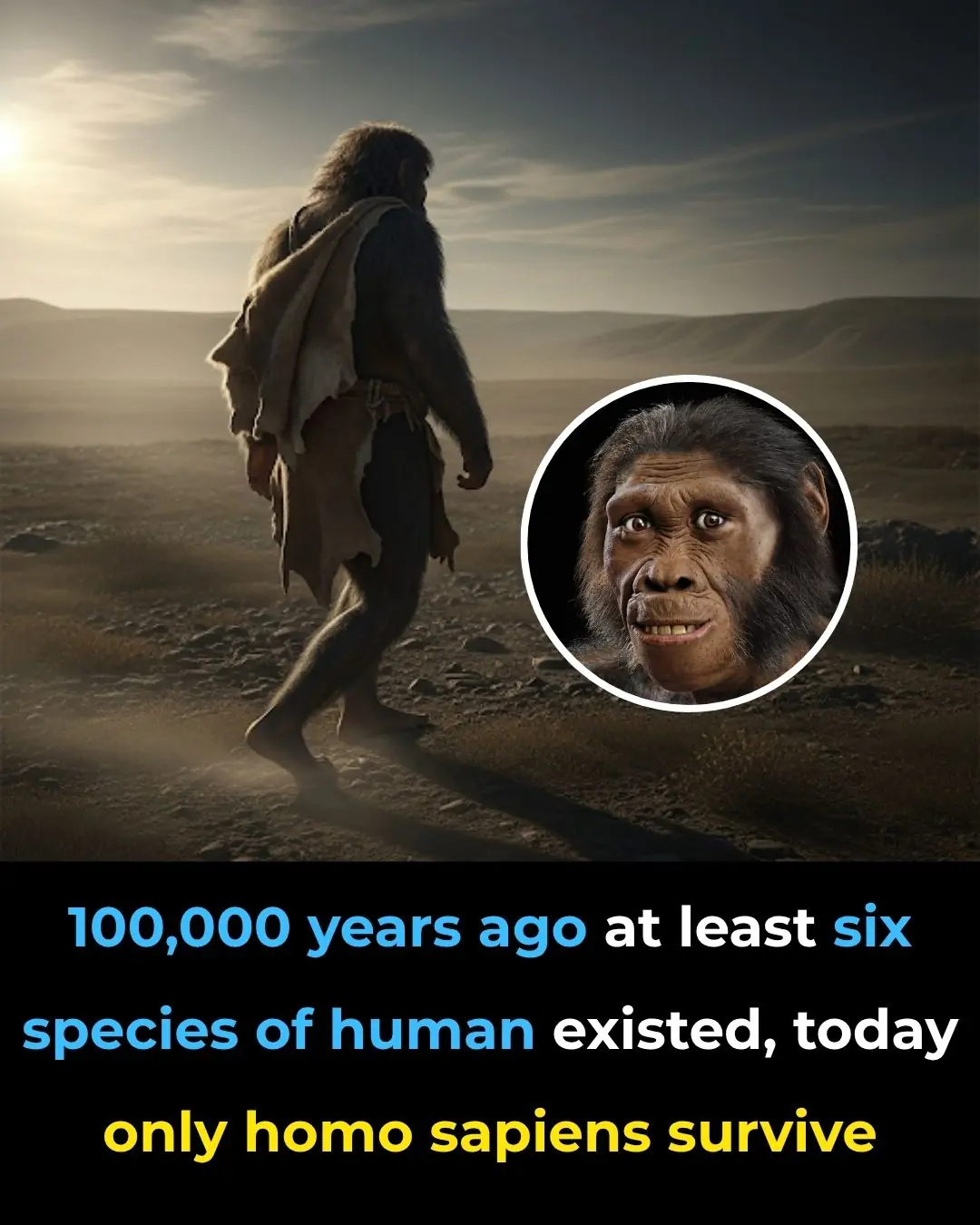
We weren’t the only humans just the last ones left to tell the tale

Japanese “Baba Vanga” Meme Resurfaces After July 2025 Tsunami Triggers Alerts

Why you should always put a coin in the freezer before you leave home

Heroic Teen Malaya Grace, 17, Dies After Saving Siblings from Drowning in Texas Floods

Why You Should Never Ever K--ill A House Centipede If You Find One Inside Of Your Home

‘Granny Pods’ Let Aging Parents Stay Close by in Your Backyard

Airport baggage handler issues warning to anyone who ties a ribbon on their suitcase

What Does it Symbolize When a Person Who Passed Away Shows up in Your Dream?
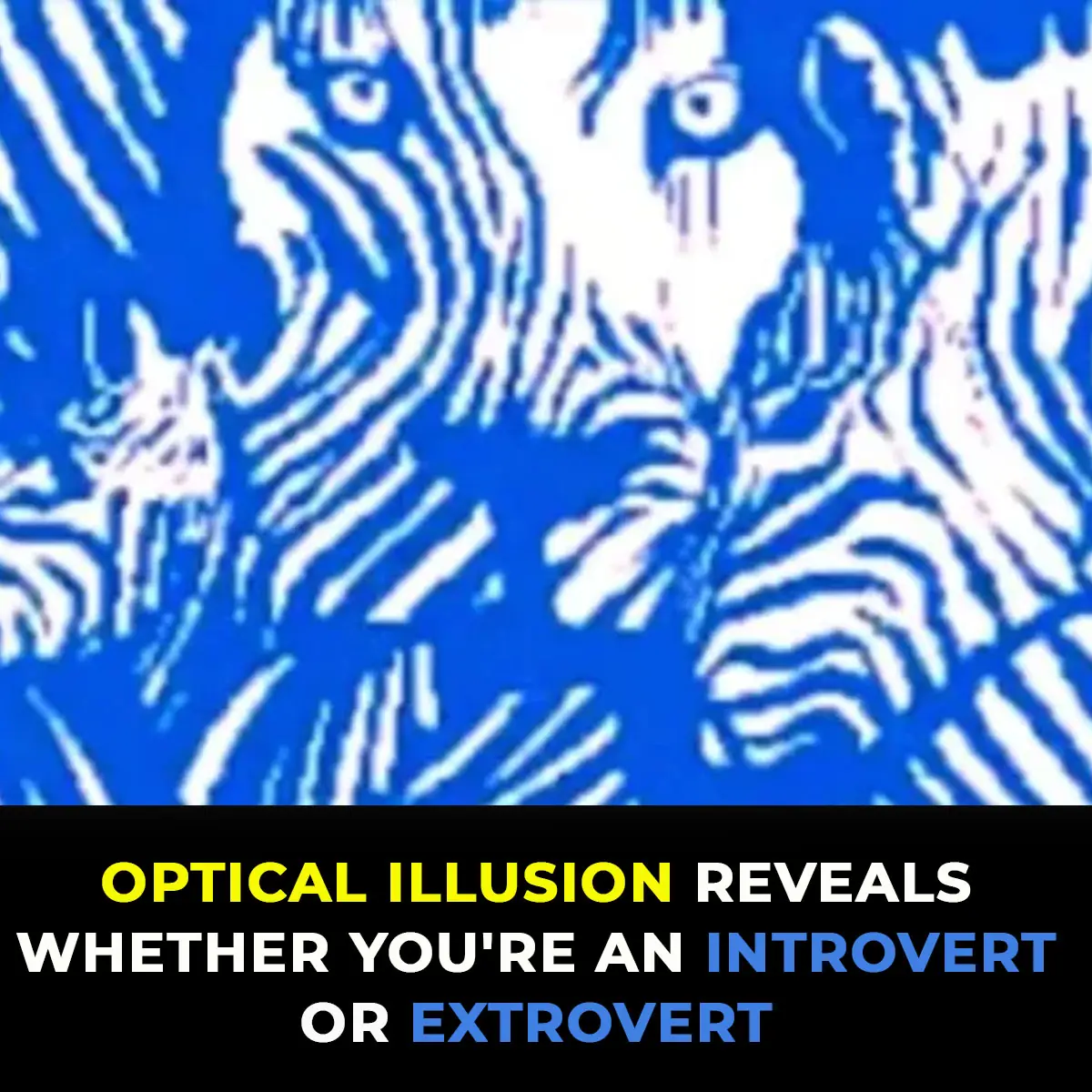
Optical illusion reveals whether you’re an introvert or extrovert

Trapped in Silence: Boy Awakens After 12-Year Coma With Terrifying Secret
Imagine suddenly being trapped inside your own body—fully conscious, aware of your surroundings, but completely unable to move, speak, or communicate in any way. For Martin Pistorius, this unimaginable scenario was reality for more than a decade. His st

Urgent warning issued to all iPhone users following release of iOS 18.6
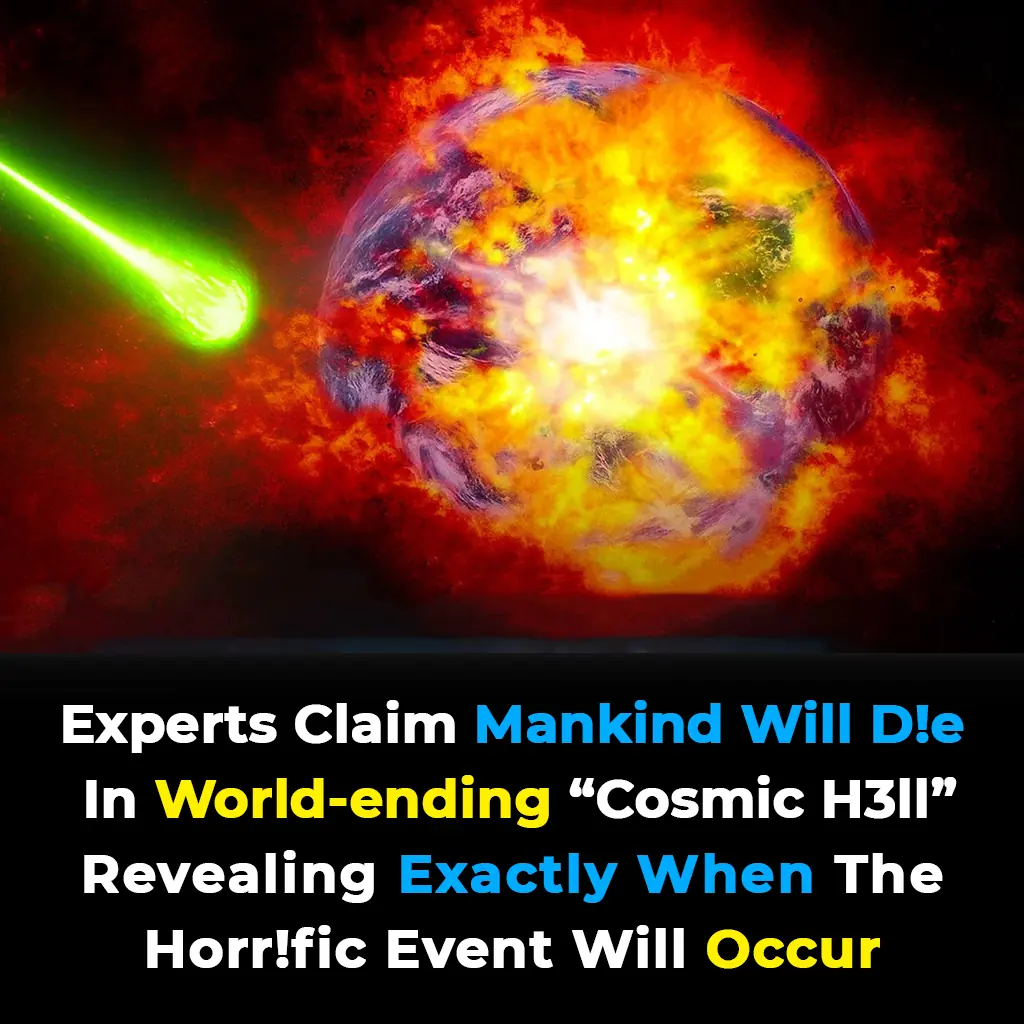
Experts Warn of Imminent 'Cosmic Hell' That Could Wipe Out Mankind, Exact Time Revealed
Though the ending is billions of years away, the emerging evidence is shifting scientific consensus on cosmic fate. Understanding dark energy—the force shaping expansion—is one of the greatest unsolved mysteries in physics.
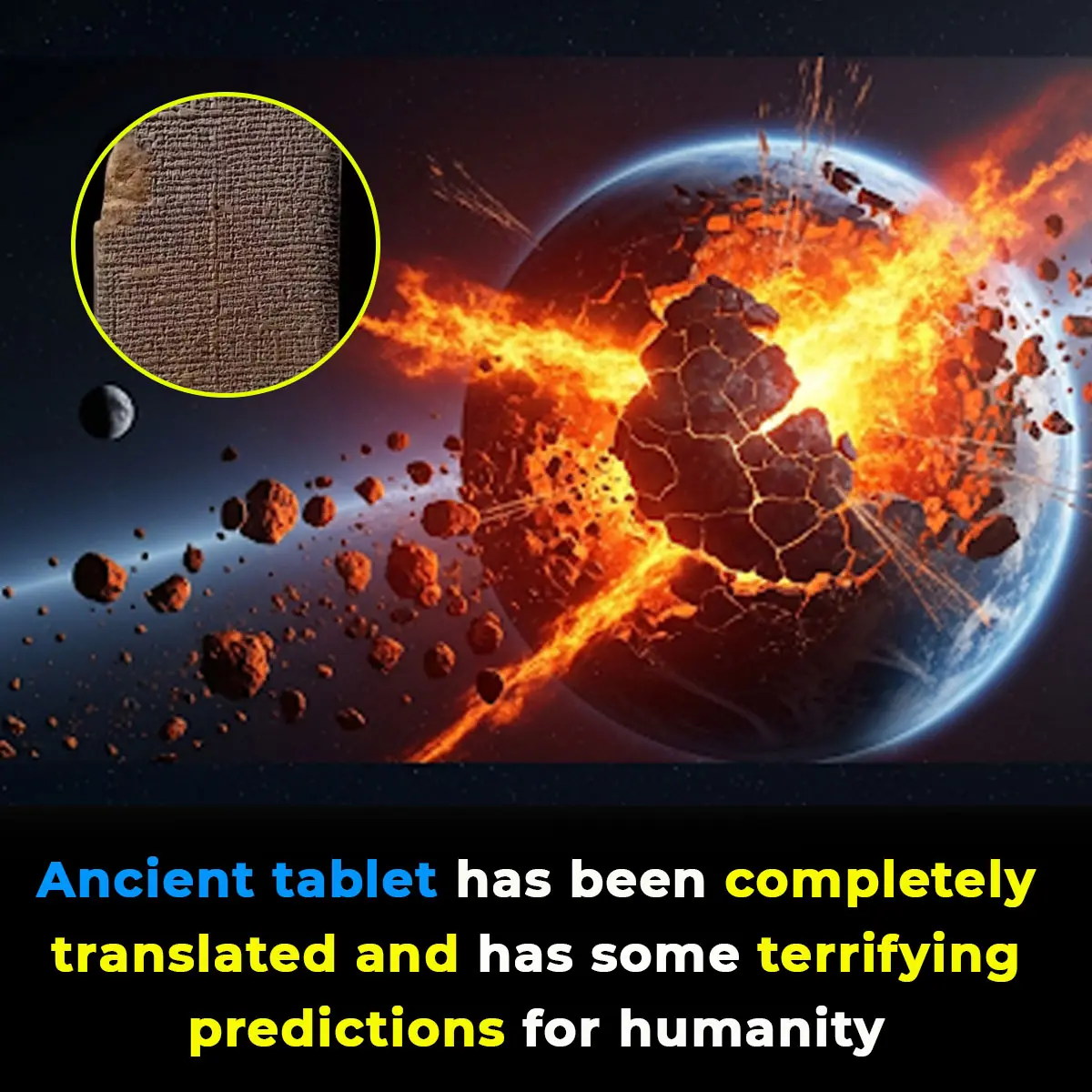
Ancient tablet has been completely translated and has some terrifying predictions for humanity

Astronaut Waves And Turns His Camera To Disprove The Flat Earth Theory For Good

Your iPhone’s Volume Buttons Are Loaded with Hidden Features
News Post

After I Saw The Baby My Wife Gave Birth To, I Was Ready To Leave Her — But Then She Said, “There’s Something I Need To Tell You.”

Medicinal Health Benefits of Garlic (Raw, Supplement) – Science Based

Mom Sells Old Stroller to Feed 4 Kids, Finds It on Her Doorstep the Next Day with Note Inside – Story of the Day
A pregnant mother of three needs to sell her stroller to feed her three children after she was abandoned by her husband.

A Father’s Redemption: How One Dad’s Love Gave His Disabled Daughter a Future Beyond Her Dreams
Prom Night Miracle: Devoted Dad Takes Disabled Daughter to Prom—Then Finds a $10K ‘Dad of the Year’ Surprise!

He Wouldn’t Take Off His Hat In Class—But When I Found Out Why, Everything Changed

THEY SAID I COULDN’T KEEP MY JOB AND RAISE HER—SO I TOOK HER ON THE ROAD

A Stranger Yelled At My Daughter In Public—So I Made Sure She Got What She Deserved

My Cousin Got A Job At My Ex’s Restaurant—And Then Sent Me A Photo Of What He Found In The Walk-In

Warning Symptoms of Vitamin B12 Deficiency and How to Fix It
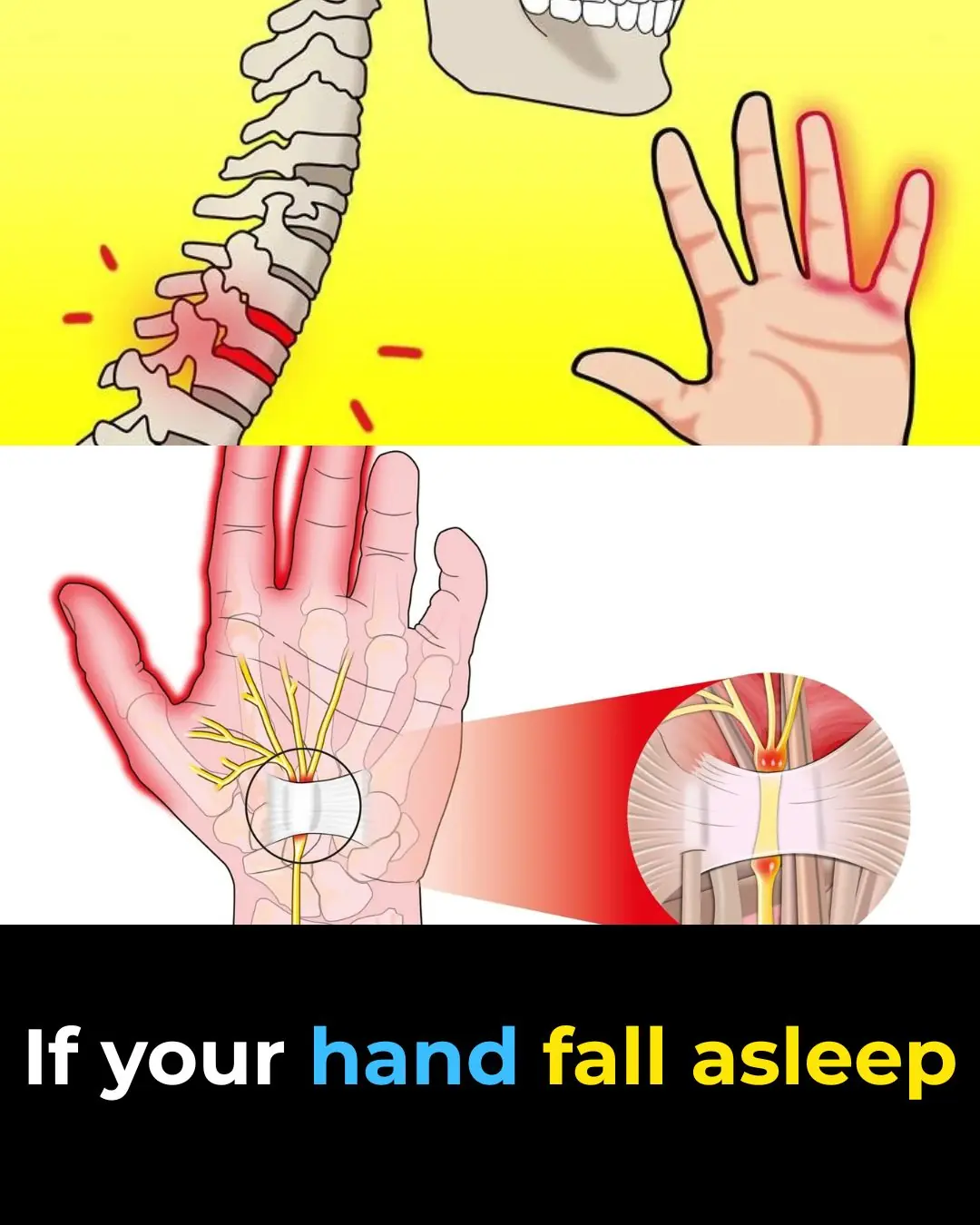
Tingling Sensation In Your Body: Why Does It Happen

High Blood Sugar Warning Signs

Earth Plunged Into Darkness For Six Minutes In Rare Event Not Seen In A Century

The Hidden Meaning Behind Leg-crossing — It’s More Than Just Comfort

Scientists Warn: Universe’s ‘Self-Destruct Button’ Could Trigger Without Warning

WORLD'S FIRST DATE SOFT DRINK

We weren’t the only humans just the last ones left to tell the tale

Japanese “Baba Vanga” Meme Resurfaces After July 2025 Tsunami Triggers Alerts

Top Signs of Iron Deficiency and How To Increase Iron Levels In Your Blood

Doctors Suspected Baby Had Mouth Tumor—The Shocking Truth Left Them Speechless
